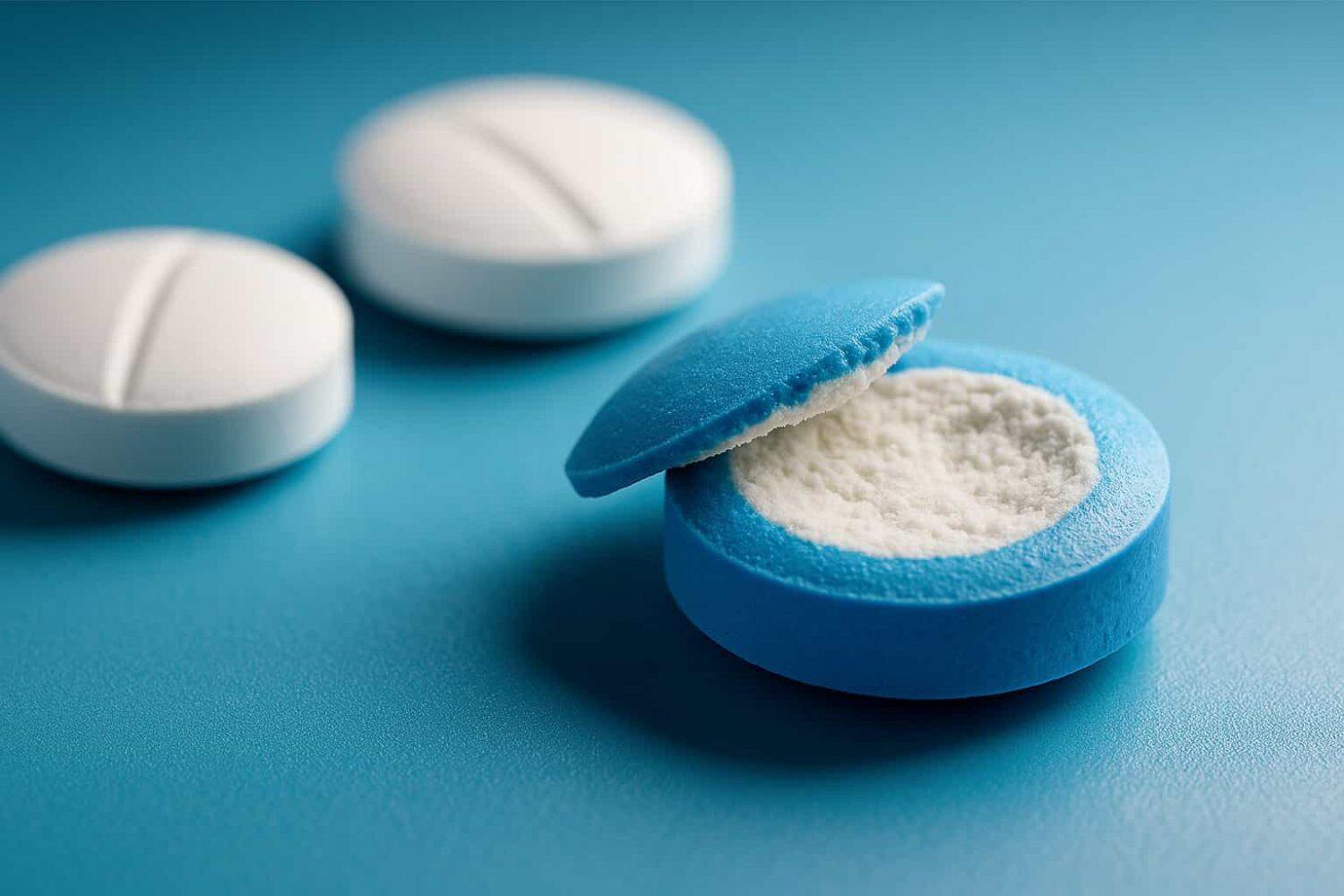
Tablet capping is one of the most common issues that occur during pharmaceutical tablet manufacturing. If you've ever seen the top of a tablet come off like a lid, you've encountered capping.
It's a frustrating issue for tablet manufacturers. The good news is that this issue can be prevented with the right strategies.
In this guide, we'll explore how to prevent capping in tablets by understanding why it happens and detailing practical solutions. We'll cover all the bases to help you keep your tablets intact and your production smooth.
What Is Tablet Capping?
In simple terms, capping refers to the partial or complete separation of the top or bottom part of a tablet from the pill's main body. It usually occurs either immediately after compression or during subsequent handling and tests.
This phenomenon often goes hand-in-hand with lamination, where a tablet splits into multiple horizontal layers. In fact, lamination is basically a precursor to capping. If a tablet is starting to split into layers, it may eventually result in one of those layers popping off as a "cap." Both capping and lamination are signs that the tablet did not compress properly as a solid piece.
Why Is Capping A Problem?
For anyone in pharmaceutical tablet manufacturing, capping is more than just an aesthetic issue. It's a serious tablet manufacturing defect.
Capped tablets often fail quality control tests for hardness and friability. They can break during coating, packaging, or transport. This means a higher rate of damaged tablets, potential batch rejections, and lost production time.
In regulated industries, tablet manufacturers simply cannot afford such defects. Understanding the root causes of capping is the first step to preventing it, so let's dive into why tablets cap in the first place.
Main Causes of Tablet Capping
Capping doesn't happen at random. There are specific reasons why a tablet might decide to shed its top. Most causes fall into a few broad categories: formulation factors, machine/process settings, and tooling issues. Let's break them down!
Formulation-Related Causes
The recipe of your tablet plays a big role here.
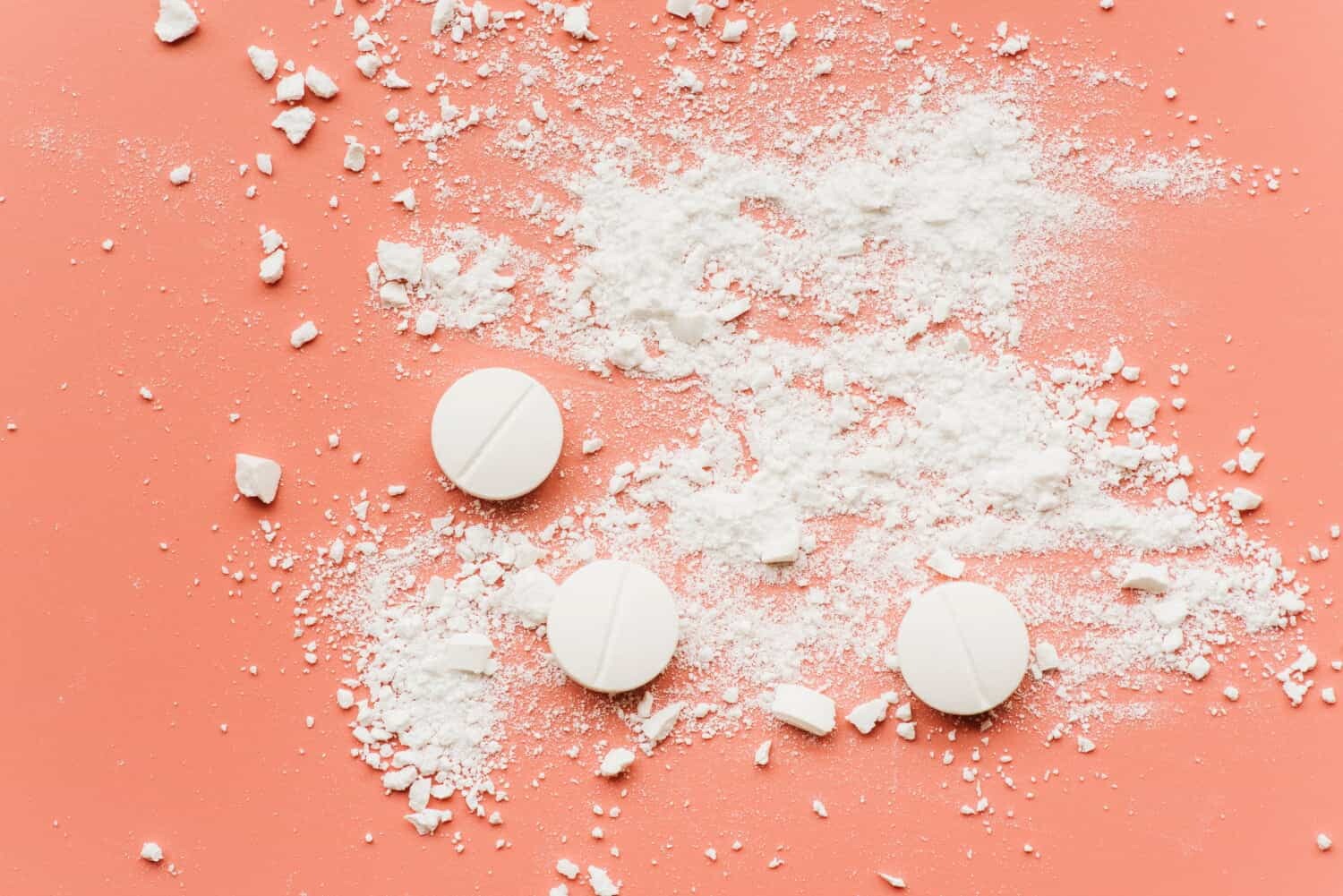
One common cause is excessive fines in the powder or granules. Fines are very tiny particles. They typically don't flow or compress well. If there's a large amount of fines in the blend, air can get trapped and tablets may cap.
Another factor is over-dried granules. A very dry powder lacks the cohesion needed to bind together, causing the tablet to fracture. Insufficient or improper binding agents in the formulation mean the particles don't stick well, and the tablet can split during ejection.
Similarly, not enough lubricant can cause formulation issues. Though lubricants primarily prevent sticking, too little can make ejection rough.
Finally, the inherent properties of the ingredients matter. If your ingredients spring back after compression, they can push apart and cause capping.
Machine/Process-Related Causes
Even with a good formulation, the way you run your tablet press can lead to them capping.
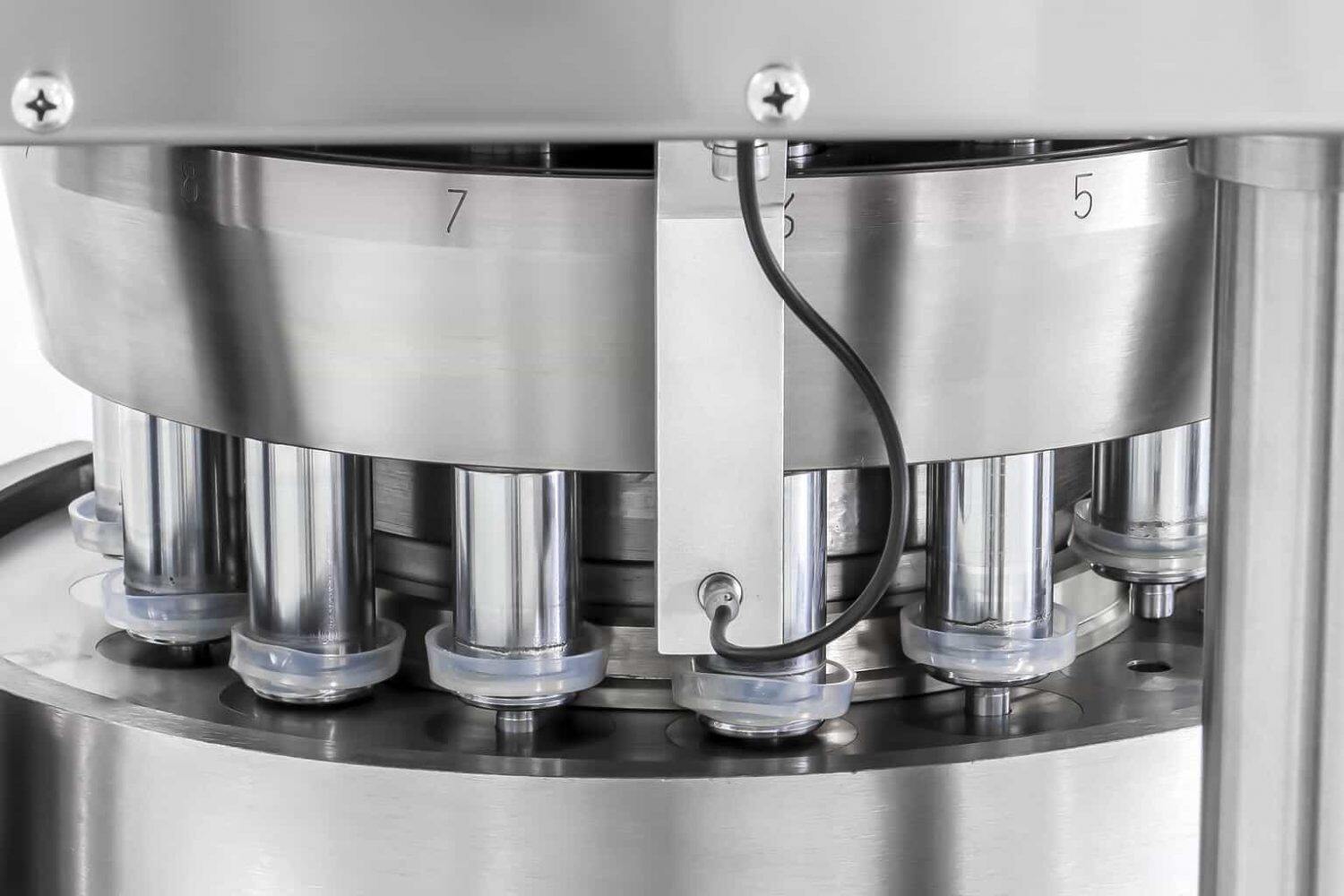
One of the primary reasons is the air that gets trapped while compressing powder into tablets. If the tablet press works too fast, air doesn't have time to escape. That trapped air later expands and pushes the tablet layers apart. High-speed machines make this worse. Faster speed means less time for air to get out.
Compression force is another factor. Both too little and too much force can cause trouble. Low force means the tablet doesn't hold together well—like a loosely packed snowball. Over-compression, though, can squash the powder too much. When the pressure is released, the tablet can spring back and split.
Pre-compression settings also matter. Not enough pre-compression leaves extra air behind. Too much, and the tablet might crack before final compression.
Punch depth is important, too. If punches don't penetrate enough, air stays trapped. If they go too deep at the wrong time, they might trap air under the tablet. And if punch timing or calibration is off, it can pull the tablet apart during ejection. That's another cause of capping.
Tooling-Related Causes
Punches and dies—your tablet tooling—do the heavy lifting. But if something's wrong, they can cause big problems, too.
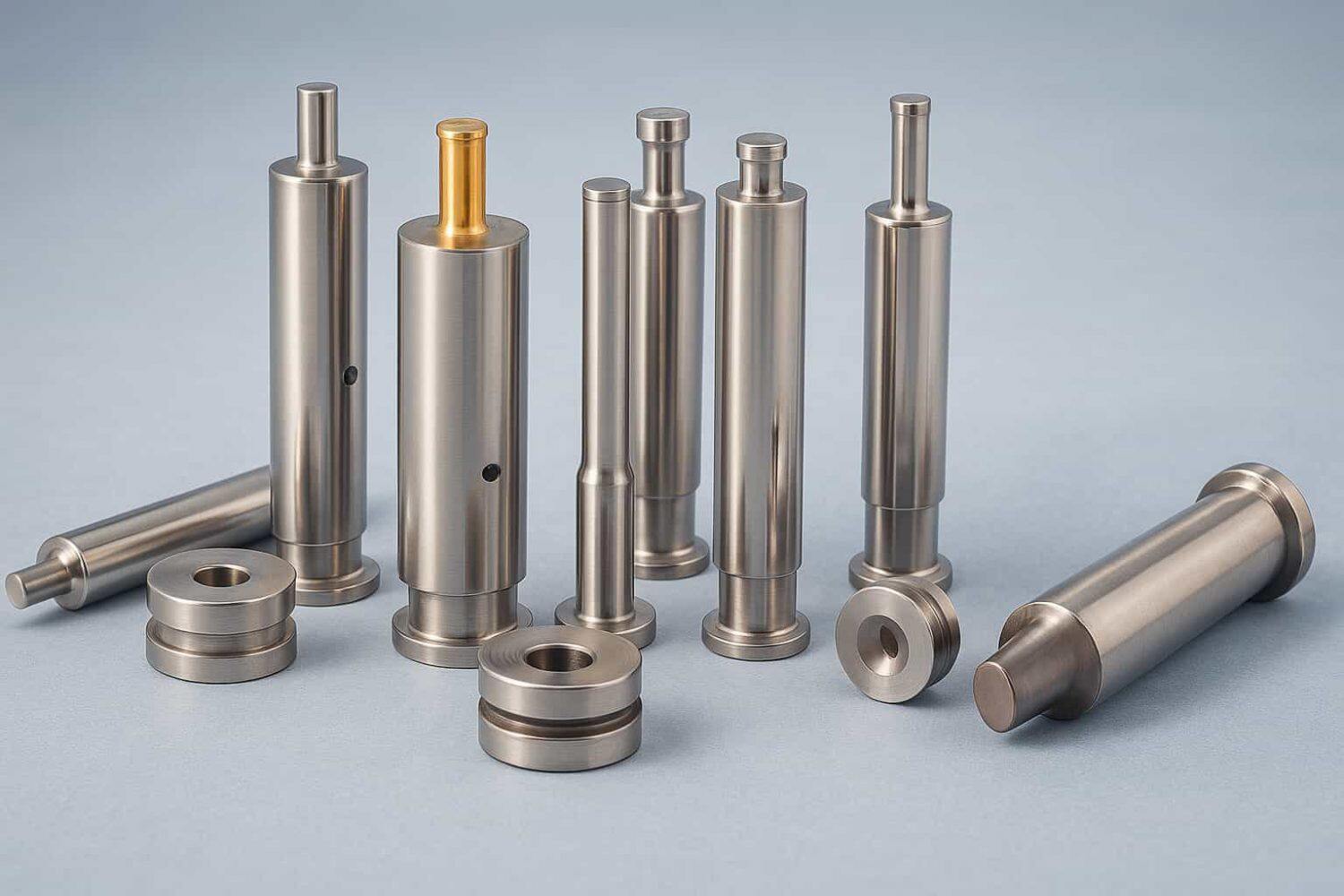
Worn or damaged tooling is a sneaky but common reason for tablet capping. If the punches or dies aren't in good shape, they might not press the tablet tight enough. A worn die bore, for example, can let air in or make weak edges. Scratched or rough punch surfaces can also cause tablets to stick or break apart during ejection.
There's even something called "J-hook." That happens when the upper punch tip isn't smooth and literally pulls the tablet surface as it comes out.
Tool design itself is also a factor. Deep concave punches or tricky shapes can lead to more capping. Flat-faced tablets usually have fewer issues than super-curved ones, for instance.
And if the die isn't vented or tapered, air can't escape easily during compression. That trapped air increases the likelihood of capping.
How to Prevent Tablet Capping
Now that we know why tablets cap, let's look at how to fix it—or better yet, prevent it.
1. Refine Your Formulation
If you're dealing with tablet capping and lamination, a good place to start is the formulation. Here are some simple, effective strategies:
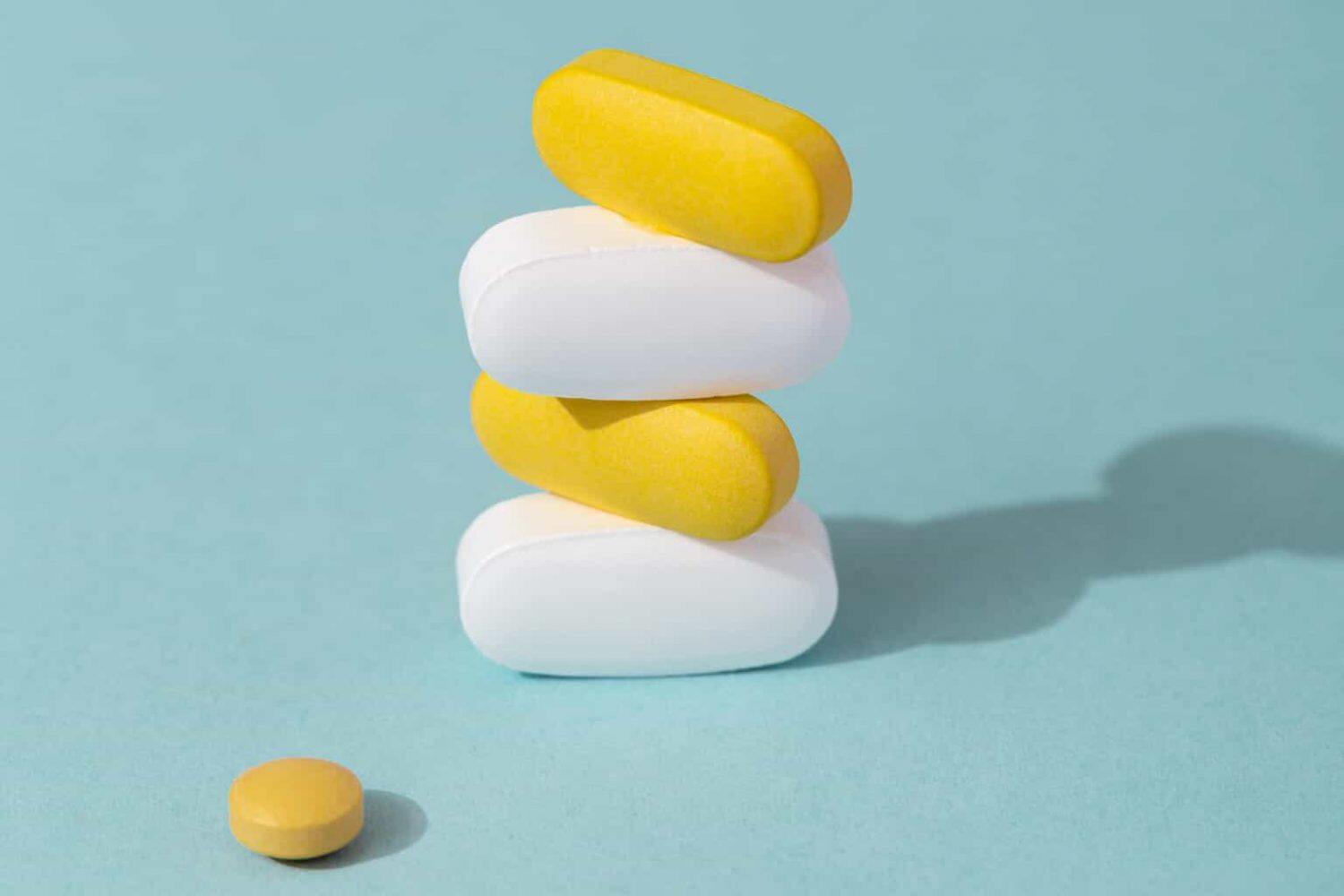
- Cut down on excess fines: Too many fine particles trap air and hurt tablet strength. A quick fix? Sieve the blend to remove them. For example, passing the powder through a 100–200 mesh screen helps get rid of the overly fine dust. This improves airflow and lets granules pack tighter and push air out during compression.
- Get moisture just right: Too dry? Poor binding. Too wet? Trouble too. You want moisture in the "Goldilocks zone"—just enough to help particles stick, but not so much that it causes problems. Try the hand-squeeze test: if granules lightly clump but still break apart, moisture is probably good.
- Boost the binder or use a better one: If the mix doesn't stick together well, your binder may be the issue. Try increasing the binder or switching to a stronger one. Good options include PVP, pre-gelatinized starch, or microcrystalline cellulose. For example, using pre-gelatinized starch or gum acacia can boost cohesion.
- Lubricate right—but not too much: Lubricants like magnesium stearate help tablets eject smoothly. Not enough, and tablets stick or cap. But too much, and bonding gets weaker because the particles get coated. Use the right type and amount. If problems continue, try a new lubricant or improve granulation so you don't rely on too much lube.
2. Adjust Compression Forces
Most modern tablet presses have a pre-compression step before the main compression. This first step gently compacts the powder to push out trapped air.
To prevent capping, you need just the right amount of pre-compression. About 10% of the main compression force is a common starting point, though it varies by product.
Insufficient pre-compression can lead to air pockets, resulting in capping. Too much can crack the tablet or make it too thin.
If you're seeing capping, try increasing pre-compression slightly. If it's already high, you might need to dial it back.
Now, let's talk about the main compression force. This is what gives the tablet its strength. Once a tablet hits its maximum hardness, adding more pressure can actually cause capping. It's like over-compressing a spring—it pushes back and breaks.
If tablets are capping at high pressure, try using less force. Experts say when a tablet hits its compactibility limit, more force just causes problems. On the other hand, if the force is too low, the tablet might not hold together, leading to capping or lamination.
Every formula has a sweet spot for compression. For example, one study with acetaminophen tablets found capping happened above 140 N/mm², and weakness below 100 N/mm².
So, test different compression settings during development. Check tablet hardness and measure tensile strength. That's how you find the best force.
3. Optimize Punch Penetration
Punch penetration describes the extent to which the punch enters the die. It affects where in the die the tablet gets formed and how far the punch moves.
Why does this matter? Because trapped air needs a way out. As compression occurs, air generally escapes upward between the upper punch and the die wall. When the upper punch goes deeper into the die, the tablet forms lower. This allows air to escape more easily.
So, slightly increasing punch penetration can help reduce air entrapment and capping.
4. Utilize the Right Tooling
The right tablet press tooling can be your best friend in preventing capping. This section looks at how tooling design can stop capping at its source.
One smart way to fight capping is by using tapered dies. These dies have a slightly wider opening at the top. That extra space helps trapped air escape more easily during compression. With better airflow, the risk of capping drops a lot.
If you've tried other fixes and still have capping issues, talk to your tooling supplier about switching to tapered dies. For tricky formulas that trap air easily, this upgrade can be a game-changer.
Ever heard about the "punch head flat?" It's another tooling feature to consider if you want to avoid tablet defects. A larger head flat keeps the punch in contact with the tablet longer. That longer dwell time helps the powder fully compress, making a harder tablet and reducing capping.
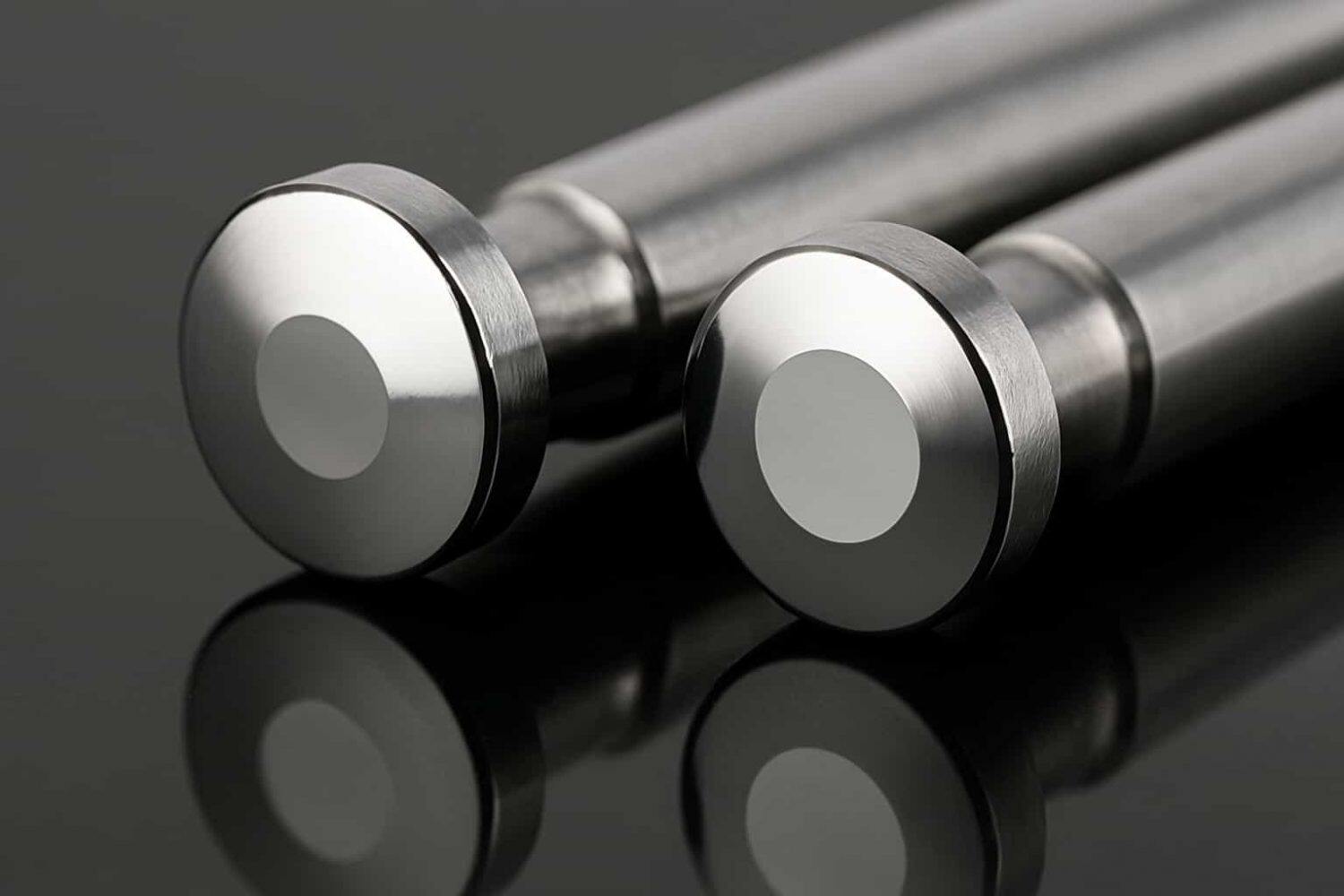
Specialized tooling can help in many ways—larger head flats, multi-tip punches, or even vibration-assisted punches. That last one uses an ultrasonic vibration to settle the powder and reduce trapped air. It's not widely used yet, but it shows how much tooling design can impact results.
Also, if you're using deep concave punches and having capping problems, try switching to a flatter punch face. That small change might solve the issue.
5. Maintain Your Tablet Tooling Regularly
Taking care of tablet tooling (punches and dies) is key to avoiding capping and other tablet problems.
Look for wear signs like burrs, scratches, or dull edges. Pay close attention to die bores—if they're worn, they might be slightly out of shape, letting in air.
A simple fix? Replace worn dies to bring back tablet quality. One warning sign is fretting—dark or rusty-looking spots around the top of dies. That shows wear and possible alignment issues. If you see it, recondition the die or turret before it causes capping or more damage.
Be sure to keep punches clean and polished. If powder sticks to a rough or dirty punch, the next tablet might pull apart and cap. So, remove punches often for cleaning. Polish the cup faces until they shine. Ensure that the punch tips are neither bent nor damaged. A bent punch presses unevenly, which is a common cause of lamination or capping.
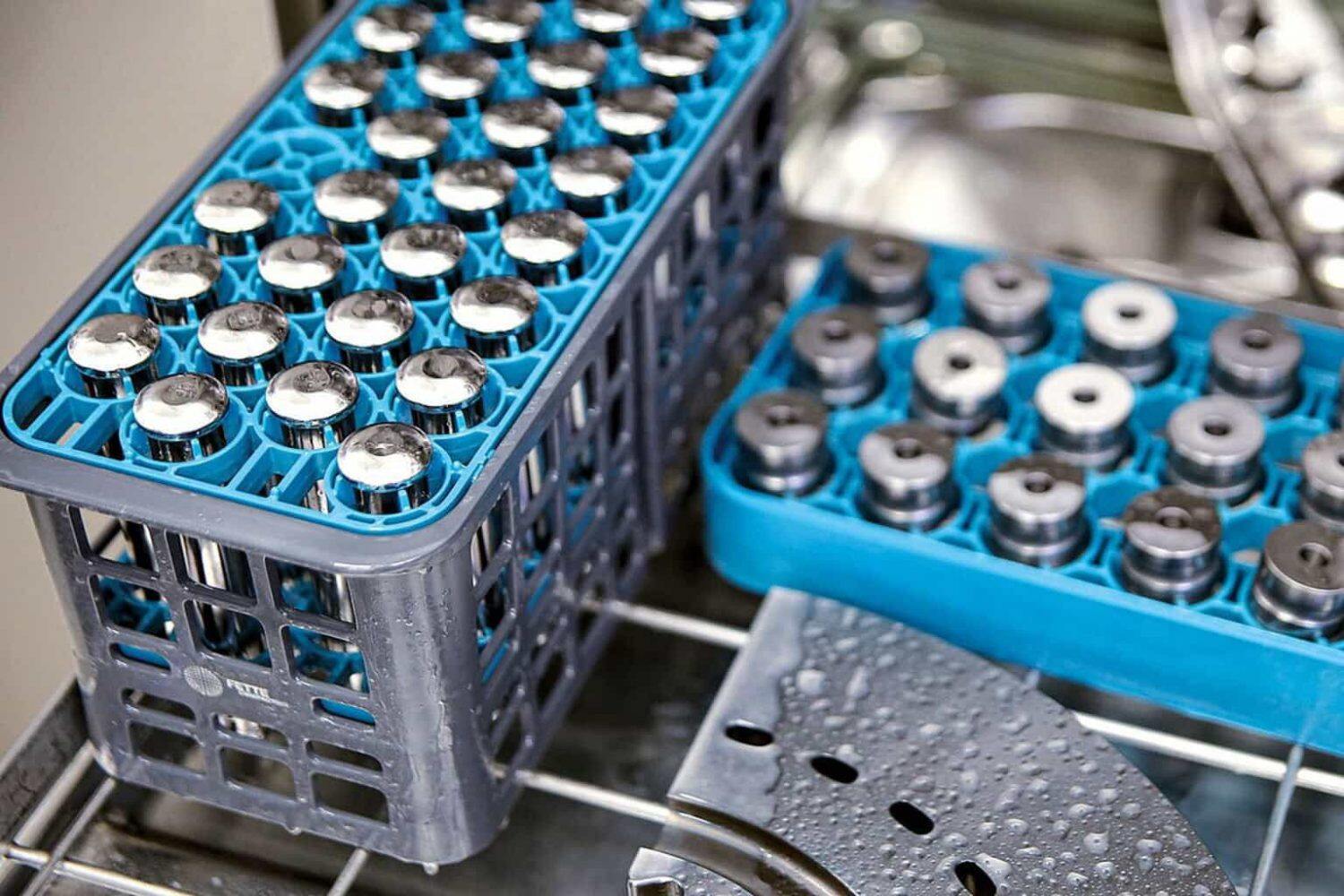
(Image Source: Fette Compacting)
Also, don't forget lubrication. Tooling needs to move smoothly, but keep oil away from the granules. It can mess with bonding.
Press alignment and calibration are just as important. If the upper and lower punches don't line up perfectly, you'll get capping on one side of the tablet. Use alignment tools and do regular calibration checks to catch this early.
Here's a helpful operator tip: keep a log of capping issues. If it keeps happening with the same punch or die, that set probably needs repair or replacement.
6. Change Press Speed and Dwell Time
When your tablet press runs quickly and you notice capping, try reducing the speed. Slower turret speed gives powder more time to settle, compress, and release trapped air.
You can increase dwell time by slowing the machine or using extended head flat punches (which stay in contact longer). Both help the powder compress better and prevent capping.
Many experts say this should be your first step when capping happens: slow it down and see if it helps. Often, it does.
Of course, going slower means fewer tablets per hour, so you have to balance quality and output.
Some advanced tablet presses help with this. They may have features like dwell time extension or an air evacuation pause during pre-compression. These allow you to keep decent speed while still fighting capping.
And if you're shopping for a new press, look for one with dwell time control. This can spare you a lot of issues in the future's tablet manufacturing.
FAQs about Tablet Capping
Q1: What causes capping in tablets during manufacturing?
A: Capping happens when air gets trapped, or the powder doesn't stick well. It can be caused by too many fines, not enough binder or moisture, or pressing too hard or too fast. Plus, factors such as worn tooling, poor punch design, or excessive speed may contribute to capping issues.
Q2: How can I stop tablets from capping on a high-speed press?
A: Try slowing down your tablet compression machine. This will allow more time for air to escape. Carefully calibrate the compression force. Swap out the tooling for one that allows for a longer dwell time.
Q3: Does adding a binder help in preventing capping?
A: Yes, binders help particles stick together and prevent weak tablets. If tablets are breaking, try a stronger binder like PVP or starch. Just don't overdo it.
Q4: What is the difference between capping and lamination in tablets?
A: Capping occurs when the top or bottom of a tablet pops off. Lamination is when a tablet splits into layers. Lamination looks like cracks or lines across the tablet and can be an early warning sign. Both are caused by similar things, like trapped air or poor compression.
Q5: How do tapered dies help in reducing capping?
A: Tapered dies have a wider opening at the top, which helps air escape during compression. Less trapped air means less capping. They also make ejection smoother by reducing stress on the tablet. This makes tapered dies a good option for air-sensitive formulas.